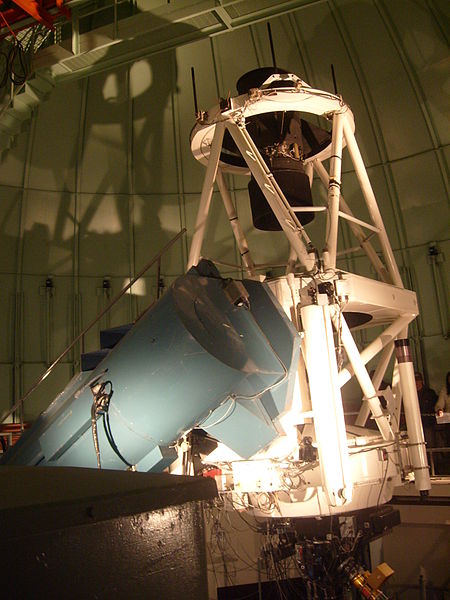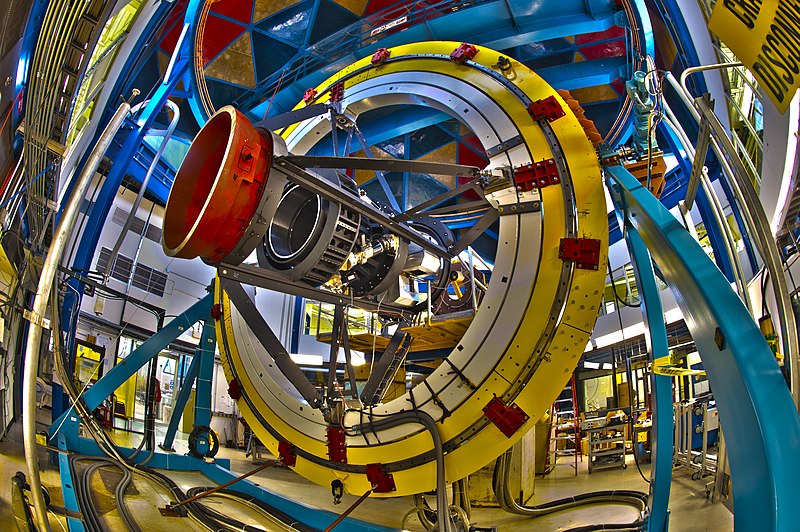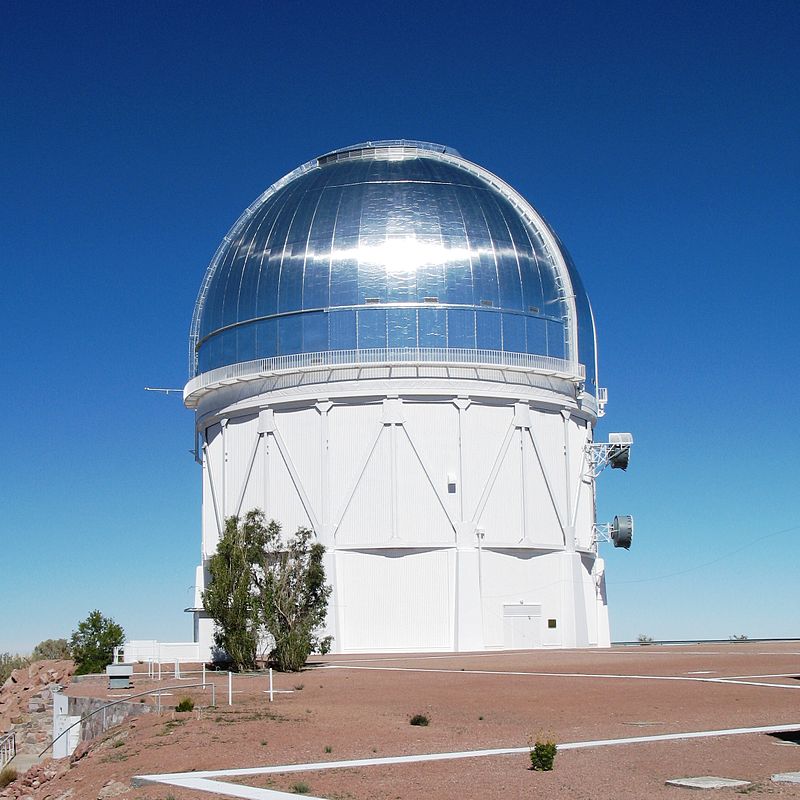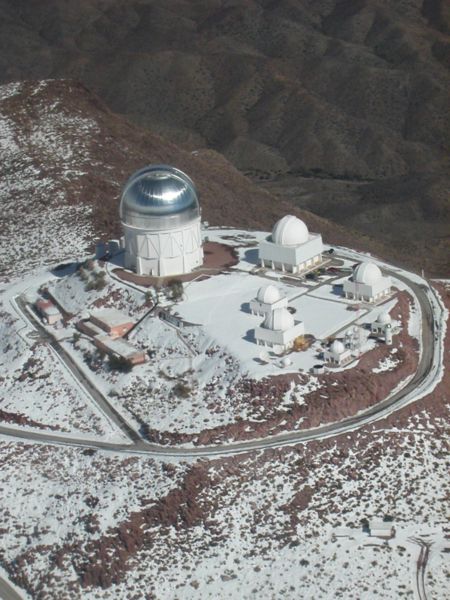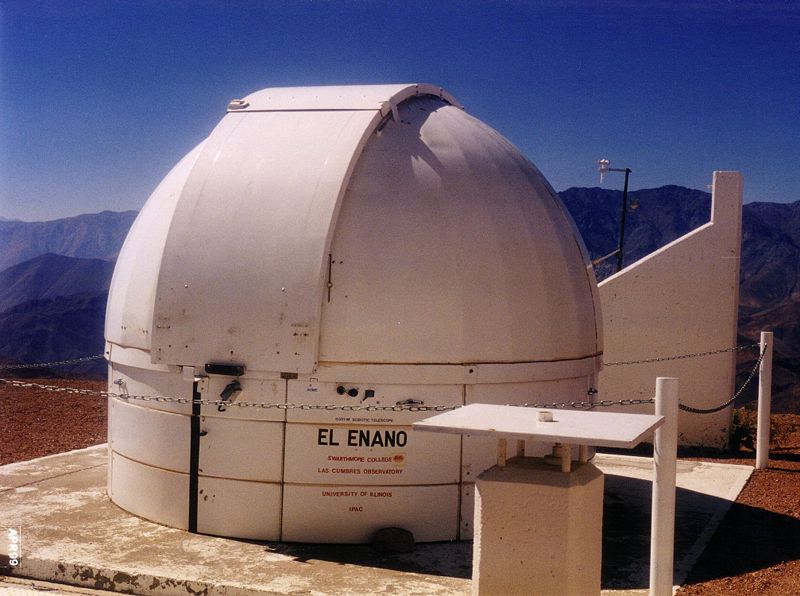Cerro Tololo Inter-American Observatory
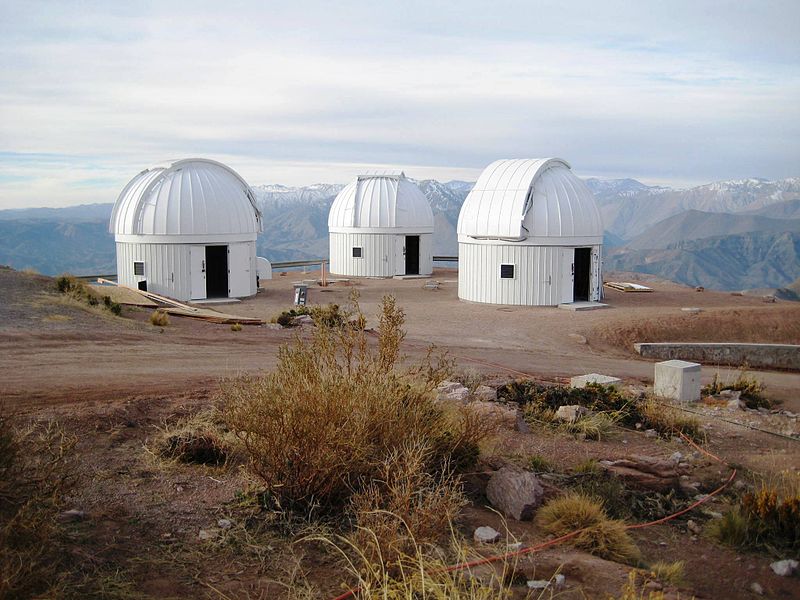
Facts and practical information
Perched atop the serene Coquimbo Region of Chile, the Cerro Tololo Inter-American Observatory (CTIO) stands as a beacon of astronomical discovery. Situated 2,207 meters above sea level, this complex is a premier facility for exploring the southern skies. Established in 1963, CTIO has been instrumental in advancing our understanding of the universe.
The observatory is home to an array of telescopes, with the 4-meter Victor M. Blanco Telescope being its crown jewel. Named after the Puerto Rican astronomer, this powerful tool has contributed to groundbreaking research, including studies on dark energy and distant galaxies. The site also hosts smaller telescopes used for a wide range of scientific endeavors, from studying celestial objects within our own solar system to probing the furthest reaches of space.
CTIO's strategic location offers more than 300 clear nights per year, making it an ideal spot for uninterrupted celestial observations. The dry atmosphere and minimal light pollution in the region enhance its capabilities, providing crystal-clear views of the cosmos.
The observatory is not merely a haven for professional astronomers but also serves as an educational resource. It fosters collaboration with researchers from around the world and offers public outreach programs, bringing the wonders of the universe closer to people.
Cerro Tololo Inter-American Observatory – popular in the area (distance from the attraction)
Nearby attractions include: Vera C. Rubin Observatory, Cerro Pachón, SOAR.


